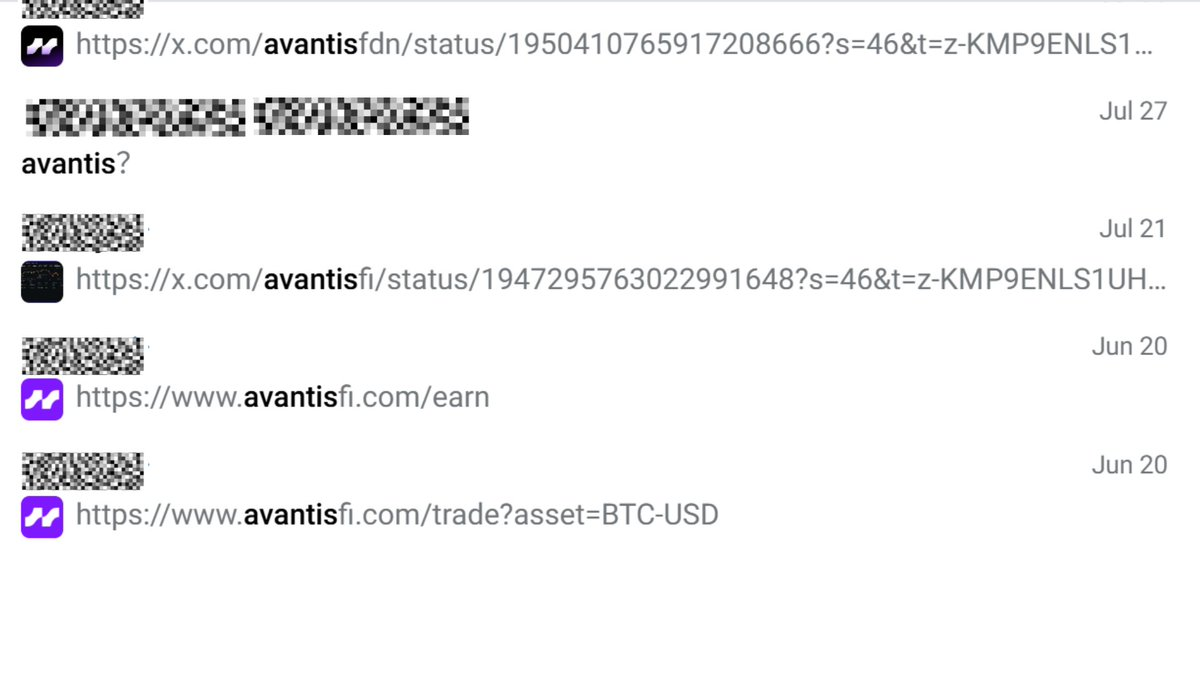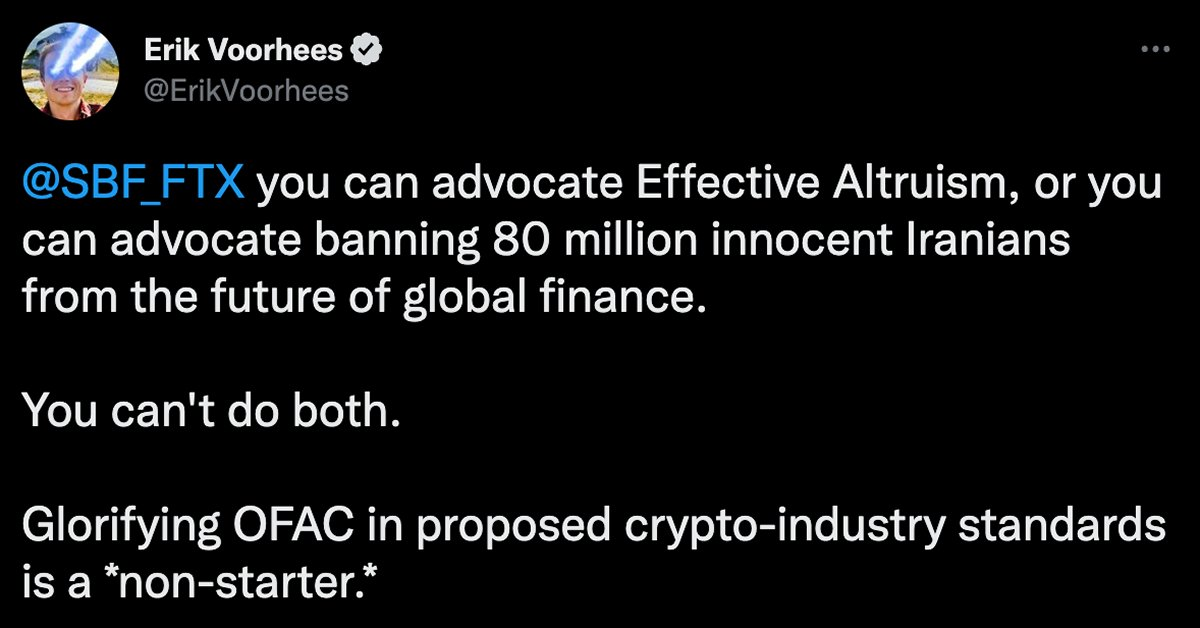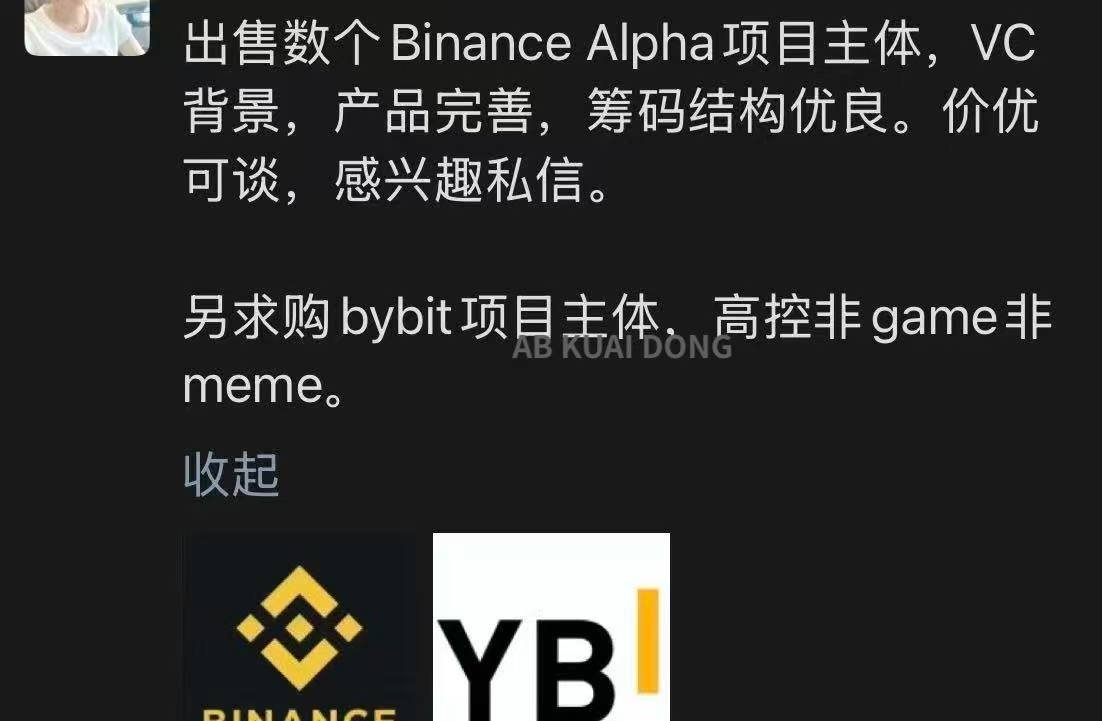From CEX to PERP DEX: History Repeats Itself, Opportunities Reemerge
I’ve noticed a surge of FOMO among industry experts rushing into the Perp DEX sector due to Aster.
Frankly, there’s no need to hurry or get swept up in the hype just because of one project.
Starting in March, my technical team reverse-engineered most Perp platforms on the market, which led to niche wins like AVNT. In May, I had the privilege of direct guidance from CZ and made a timely play on Aster, yielding solid returns.

The deeper my research goes, the more convinced I am that it’s best to stay rational and avoid self-inflicted hype cycles.
Here’s my objective perspective on the Perp DEX sector, primarily for those seeking a foundational understanding.
TL;DR:
- Hyperliquid isn’t the only model for Perp exchanges.
- This sector is not new—Perp platforms have existed for years; it’s simply that market attention has shifted here now.
- Platforms of Hyperliquid’s type may face direct conflicts of interest with major exchanges.
- Avantisfi offers a path that best aligns on-chain Perp incentives with exchange interests.
- Evaluate points participation by first considering the token listing strategy.
What Is the Perp Sector?
On-chain Perps emerged as early as 2018 with projects like Synthetix, MUX, and PERP—this isn’t a recently invented category. Historically, contract trading on-chain took several forms, but the market ultimately settled into two main models: AMM Perp and CLOB (Order Book Perp).
AMM Perp (Jupiter, Avantisfi, GMX) leverages oracles for pricing and uses liquidity pools as the counterparty to all traders. Conceptually, it’s akin to earning annual yields from table stakes at a casino—by the law of large numbers, with enough bets, the house is always favored to win.

CLOB Perp (Hyperliquid, edgeX, Lighter, Orderly, Aster, etc.) is driven by order books and matching engines, much like CEXs. For example, Hyperliquid emphasizes a fully on-chain public order book, while platforms like Lighter leverage ZK circuits for cryptographic proofs.
In essence, both are decentralized variants of CEXs, but increased node counts inevitably impact trading speed and performance.
Although cost structures and trading mechanisms differ significantly, there’s no strict replacement dynamic between these models.
Perp DEXs face the classic trilemma: new asset coverage, deep liquidity, and fair pricing.
You can only optimize for two out of three.
Hyperliquid prioritizes new asset coverage and liquidity depth, sacrificing risk controls—it’s designed for MM-style competition, so events like XPL and JellyJelly are inherent features, not bugs.
Jupiter focuses on liquidity depth and price fairness, but currently only supports three trading pairs.
Most CLOB platforms opt for new asset coverage and fair pricing, which leads to tighter position limits and poor liquidity for long-tail assets.
Ultimately, each path can work depending on specific use cases.
Why Has the Perp Sector Become Hot Now?
Earlier Perp DEXs weren’t failures—timing is the real factor. Perp DEXs should serve as core DeFi infrastructure, especially for leverage, but only recently has the spotlight found them.
Order book Perps have been here since the last major cycle: $snx was already blue chip in 2020; DYDX’s airdrop excited the industry; GMX/GNS helped stabilize the 2023 bear market. Yet most only remember Hyperliquid, mainly because:
- Since 2023, a wave of new users entered the space, mostly unfamiliar with DeFi summer.
- Before Luna collapsed, CEXs quietly provided Perp trading to US and EU users.
- After Luna’s collapse—and especially after Kucoin faced regulatory action—western users lost Perp access. The SEC’s aggressive stance against DeFi (targeting buybacks/dividends and pushing for KYC) caused VCs to stop funding DeFi. (Shoutout to @ cz_binance for defending DeFi.)

Perp and DeFi resurgence has occurred only within the year following Trump’s return.
For Perp DEXs, non-KYC DeFi Perp has become an urgent need for users unable to access Binance, and DeFi assets aren’t restricted by the compliance baggage of exchange tokens, allowing more creative strategies. This produces a structural advantage over CEXs.
Looking at PERP DEX Through the Lens of CEX History
Consider why CEXs survived since 2018—this informs what kinds of Perp DEXs can thrive.
Centralized or not, the fundamental mission of any exchange is to serve LPs, whales, and liquidity providers—this is how trading volume and liquidity are built, attracting users.
Commentary about Tier 1/2/3 exchanges and claims that listing on certain venues guarantees a valuation are really about valuing those exchanges’ liquidity—not the underlying projects.
This is what “token listing pricing power” means.
Conversely, listing control is the first step to acquiring whales; crypto is a capital generation machine, not an old-money domain. By listing tokens, “air” becomes real money, enabling consolidation of asset holders. Then, launching new tokens and offering market-making/structured products drive APY opportunities (see exchanges’ institutional, Earn, and VIP functions).
Today’s project teams and tomorrow’s market makers—exchanges, projects, and speculators are all intertwined.

Thus, a CEX’s core competitive edge is listing control, intimately tied to its main KPI: liquidity. This is why contract-focused exchanges like Bybit, Bitget, and BingX had to expand into spot trading.
Challenges for “Hyperliquid” and Similar Platforms—Competing with Majors
First, CLOB platforms lack true liquidity sinks. Mechanistically, they might run strategy vaults, but it’s tough to capture deep liquidity or leverage. Their depth depends wholly on market makers, who require token incentives and sometimes negative maker fees.
After TGE, token price realization often causes market makers to reduce activity. Unless a CLOB adopts a JLP-style counterparty setup, yields are low, TVL remains stunted, and conversion to trading depth stalls. Essentially, pure CLOBs are weak at serving whales and resemble 2019-era 58Coin or Bingbong. With a 1-3 month Perp trading lifecycle, CLOBs are locked into volume wars with every Perp DEX and CEX.
Second, CLOBs directly compete with CEXs’ contract products but offer a non-KYC advantage. Whether Binance/OKX treat CLOBs as niche DeFi or direct competition is a strategic question.
If treated as competitors, most CLOBs will not be listed by major exchanges (which avoid rival platform tokens).
There are only two ways out:
- Without major listings, aggressively pump your own asset, break into the top 100 or even 50 by market cap, and manufacture a liquidity sink by converting early MM/whale holders into liquidity providers (dividend-style—restricting liquidity and increasing sunk costs).
- Develop a self-contained ecosystem with native asset launch capabilities to establish asset pricing power, attract market makers and project teams, and build your own whale base (splitting the market).
This should sound familiar—it’s the playbook for Bitget-BGB and Hyperliquid-Hype.

This explains why BGB needs to be pumped, why Hype and Aster chase aggressive price action (higher liquidity sinks attract bigger users), and why Hype launched USDH via Native Markets.
Just as Launchpad competition isn’t about launchpad features alone, the CLOB sector of Perp DEXs isn’t just about product. Aster’s usability is secondary; what matters is whether it has the resources to, for instance, push an L1 onto CoinMarketCap’s front page.
Out of all CLOB Perps, how many truly have this capacity?
AVNT’s “Alternative Path”: Coexistence with Major Exchanges
Many mischaracterize AVNT as Base’s Hyperliquid, but it’s actually Base’s Jupiter; Hibachi and Synfutures’ order book models are closer to Hyperliquid’s approach.
AMM Perps are often criticized for high slippage, elevated costs, and slower speed—not as suitable for institutional players as CLOB Perps.
But that’s not entirely accurate. AMM Perps use oracle-based pricing, so trades are slippage-free. Large trades require manual “price impact” protections to mitigate tail risk, which can be operationally adjusted—e.g., offering free trades above 75X leverage.
The institutional usability issue mainly comes from traditional market makers unfamiliar with AMM-style liquidity pricing, much like early Uniswap days. But on-chain market makers are proliferating, and non-ETH chains have largely solved performance bottlenecks.
AMM models have two distinct advantages:
1. AMM spot enables true pricing power; permissionless, low-cost issuance (like meme/fair launches) can drive sustained user growth without the need for market makers.
AMM derivatives offer the same—a path to permissionless, market-maker-free pricing.
2. AMM Perps don’t compete with CEXs for order book depth or whale clients. Instead, yield-bearing assets like JLP/GLP, with vast depth, complement CEX asset management functions (think Binance’s BTC and SOLV).

Check Binance’s listings: only three order book projects—$inj, $dydx, $aevo—with Aevo tied to Binance and INJ as a public chain asset.
By contrast, Binance lists five AMM Perps (excluding JUP): $GMX, $GNS, $AVNT, $SNX, $PERP.
Given that CLOB projects outnumber AMM projects in Perps, the trend’s impact is clear.
Take a look at Avantisfi and the latest GMX design—the old belief that AMM Perps only support three assets is obsolete. Similarly, lending isn’t just “AAVE/Compound = boring,” when innovative platforms like KMNO and Morpho represent totally new architectures.
Shandong-Style Points Strategy
If you’ve already committed capital, stick with your choice. Aster proves that “persistent investing yields results” is still valid.
If you’re starting fresh, ask yourself two questions:
- Does your chosen project conflict directly with leading exchanges, e.g. will it be treated as a “platform token” and excluded?
- Can it achieve pricing power and deep liquidity without support from major exchange listings?
If opting for Orderbook models, prioritize:
- Investment from top-tier public chain ecosystems (Sui, Monad, etc.)
- Influential, verifiable exchange systems, institutions, or key individuals driving public traffic (e.g., CZ for Aster, major trader KOLs for Hype).
If choosing AMM, prioritize:
- Chains with proven asset pricing mechanisms: strong foundation backing, multiple precedent of high-valuation listings (e.g., Sui, Solana, Base).
- Chains whose leading sector project hasn’t yet attained Binance contract-level listing.
- AMM Perps with dominant TVL in “JLP/GLP-type” assets—deep liquidity sinks matter most, followed by taker-side demand.
A few niche but potentially lucky picks, in my view:
- Ethena’s Ethereal: solid major exchange partnership, strategic importance in the Binance/Ethena dual-system, but slow to execute.
- BasedApp: a Hyperliquid frontend, akin to Axiom for Solana, with its own HypeEVM launchpad. Unlikely to get listed on Binance/OKX, but possibly an early battleground for Hype pricing power.
- Phantom: MetaMask launching a token signals major wallet launches this cycle—timing is optimal. Phantom’s revenue mainly comes from swaps and Hyperliquid frontend; if an airdrop happens, these are the main triggers. Fundamentals suggest strong upside (see WCT), even counting Hyperliquid elements.
If you’re gambling, keep at it—true to the Shandong spirit.
Disclaimer:
- This article is republished from [thecryptoskanda] and is copyright of the original author [thecryptoskanda]. If you have any concerns about this reprint, please contact the Gate Learn team, who will respond per established procedures.
- Disclaimer: The views expressed are those of the author only; nothing herein constitutes investment advice.
- Other language versions were translated by the Gate Learn team and may not be copied, distributed, or plagiarized unless specifically noted by Gate.
Related Articles

In-depth Explanation of Yala: Building a Modular DeFi Yield Aggregator with $YU Stablecoin as a Medium

Sui: How are users leveraging its speed, security, & scalability?

Dive into Hyperliquid

What is Stablecoin?

Arweave: Capturing Market Opportunity with AO Computer
